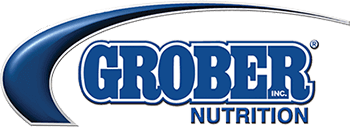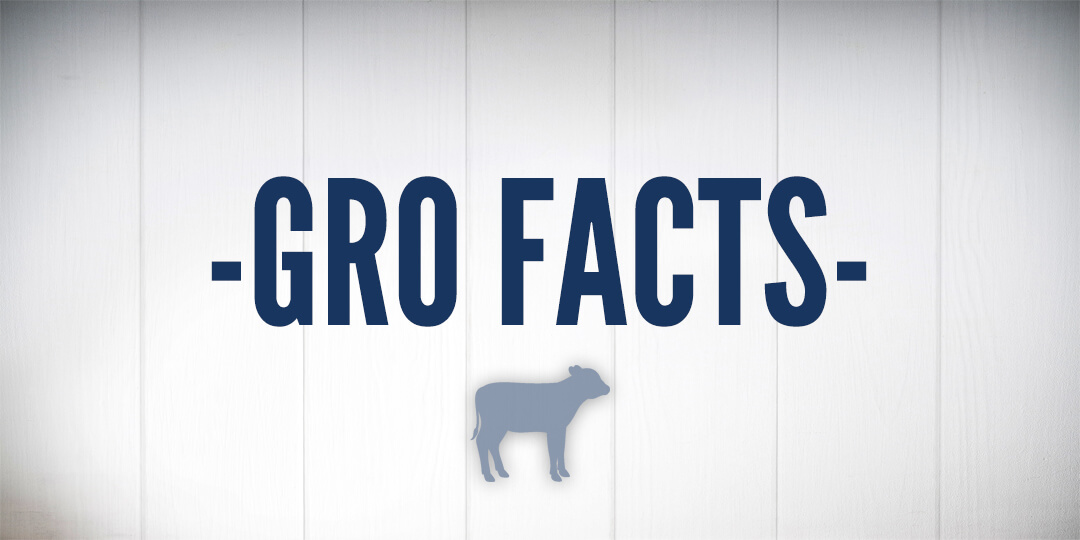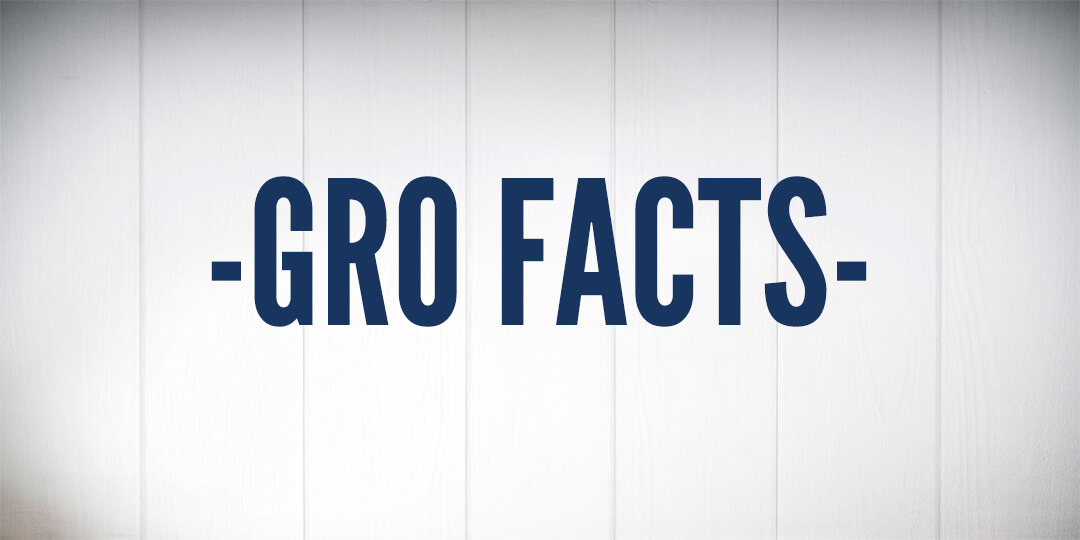-
Colostrum : Le repas le plus important
- Nov 04, 2010
- By Grober Nutrition
- In Canada
Points d’intérêt : S’assurer que les veaux reçoivent à la naissance des quantités adéquates d’Ig est la seule façon de les protéger des maladies infectieuses et des facteurs environnementaux. Le premier repas (le colostrum) fournit des éléments nutritifs et des anticorps procurant des bénéfices à long terme. Les nouveau-nés naissent avec…
-
Grober, la Recherche en Action
- Nov 04, 2010
- By Grober Nutrition
- In Canada
Nous sommes heureux de partager avec vous le sommaire des activités qui se sont déroulées au cours de la dernière année au Centre de Développement pour Jeunes Animaux Grober à Woodstock, Ontario. En date du 30 septembre dernier, les 70 veaux composant le deuxième groupe, ont regagné leurs fermes d’origine.…
-
Optimizing Your Calf Feeding Program
- Nov 02, 2010
- By Grober Nutrition
- In Canada, USA
The terms accelerated and enhanced have been used over the past 15 years to describe an increased plane of nutrition in calves. However, calves require that increased nutrition in order to optimize growth. Moreover, production objectives such as: decreasing age at first breeding, improving health status, and ultimately building a…
-
Optimisez votre programme d’alimentation des veaux
- Nov 02, 2010
- By Grober Nutrition
- In Canada
Les termes accéléré et amélioré sont utilisés depuis les 15 dernières années pour décrire une augmentation des plans de nutrition chez les veaux. Les veaux exigent que leur alimentation soit augmentée afin d’optimiser leur croissance. De plus, les objectifs de régie de production tels que diminuer l’âge au premier vêlage,…
-
Conseils pour nourrir les chevreaux
- Aug 26, 2010
- By Grober Nutrition
- In Canada
Facteurs importants : Offrir de petits repas plus fréquemment (minimum 3 repas/jours). Fournir et donner accès à de l’eau fraîche. ncourager la consommation de grains. En savoir plus
-
Survie des agneaux
- Aug 26, 2010
- By Grober Nutrition
- In Canada
La rentabilité d’un élevage ovin est largement tributaire du nombre d’agneaux sevrés par brebis par année. En règle générale, le nombre d’agneaux sevrés par brebis devrait être d’au moins 2 ou plus. La survie des agneaux est tributaire de la gestion des brebis avant et pendant l’agnelage et des soins…
-
Liste de planification pour l’agnelage
- Aug 26, 2010
- By Grober Nutrition
- In Canada
Préparation des bâtiments – S’assurer que la bergerie est bien ventilée, sèche, sans courants d’air, et qu’un calendrier de nettoyage rigoureux est instauré. Préparer les différents équipements bien avant l’agnelage. L’incubateur, le thermomètre, le colostrum congelé, etc. Sélectionner les agneaux qui auront une alimentation à l’aide d’équipement, par exemple, les…
-
Nutrition des brebis et les effets sur la croissance des agneaux
- Aug 26, 2010
- By Grober Nutrition
- In Canada
Lors de la période précédant la mise bas, il est bon de se rappeler des différents besoins nutritionnels de la brebis et de leurs impacts sur la viabilité et la croissance des agneaux. Les besoins nutritionnels de la brebis augmentent de façon significative dans les 4-6 semaines avant l’agnelage. Ceci…
-
Gestion des agneaux
- Aug 26, 2010
- By Grober Nutrition
- In Canada
La rentabilité de l’élevage ovin est largement tributaire du nombre d’agneaux sevrés par brebis et par an (l’objectif devrait être d’au moins deux). Les races hautement prolifiques (par exemple, Finn, Romanov) utilisées dans le programme d’élevage peuvent atteindre et dépasser ces nombres. La survie de l’agneau résulte dans une bonne…
-
Automatic Calf Feeders & Group Housing
- Dec 14, 2009
- By Grober Nutrition
- In Canada, USA
Principles and Experience Producers have traditionally raised calves in individual pens or hutches. This rearing system has had advantages of individual feeding, observation and reduced risk of cross-contamination. It is however, still labour intensive. Dairy cattle are naturally group-living animals. Group-housed calves can enjoy an early social interaction and learn…
-
Calf Winter Feeding
- Nov 04, 2009
- By Grober Nutrition
- In Canada
Understanding the basic concepts of growth helps improve calf and heifer management. Early postnatal growth is the most efficient time to develop skeletal growth, muscle growth, deposit protein and attain the highest feed efficiency. Mammary development can be enhanced by liquid (milk) feed intake prior to weaning (Brown et al,…
-
Pasteurization Pro’s and Con’s
- Mar 31, 2009
- By Grober Nutrition
- In Canada
Heifers are the future profit earners of a milking herd. The largest cost inputs are feed and the number of day’s growth to achieve first calving. Raising healthy, strong calves must be a priority in maintaining herd profitability. In the last few years, larger calf raising units and more attention…
©2016 Grober Nutrition. All Rights Reserved.













